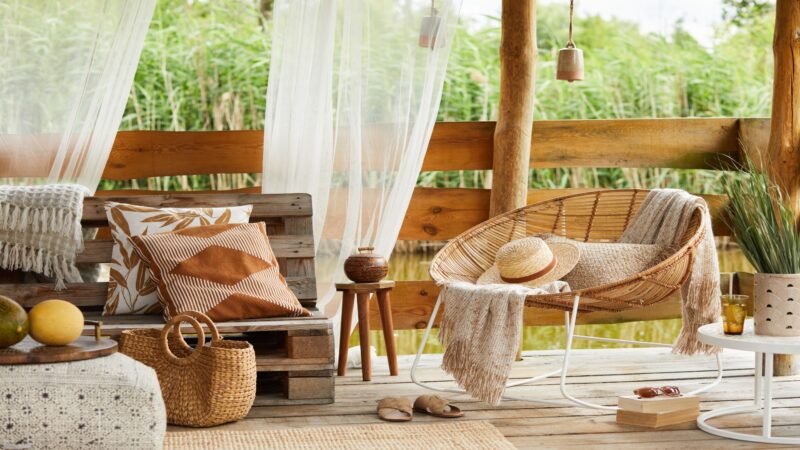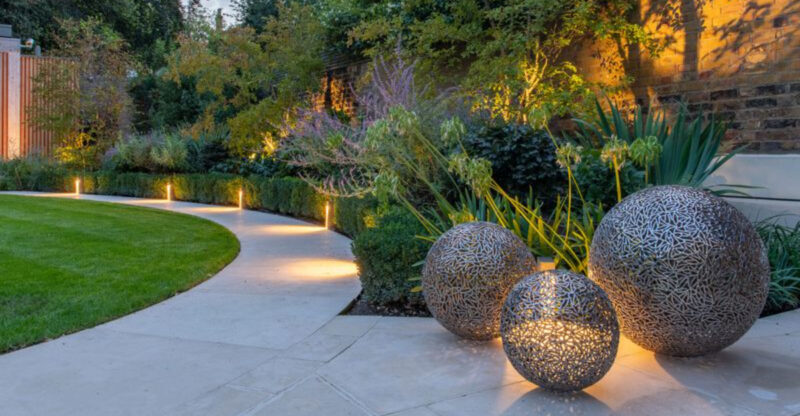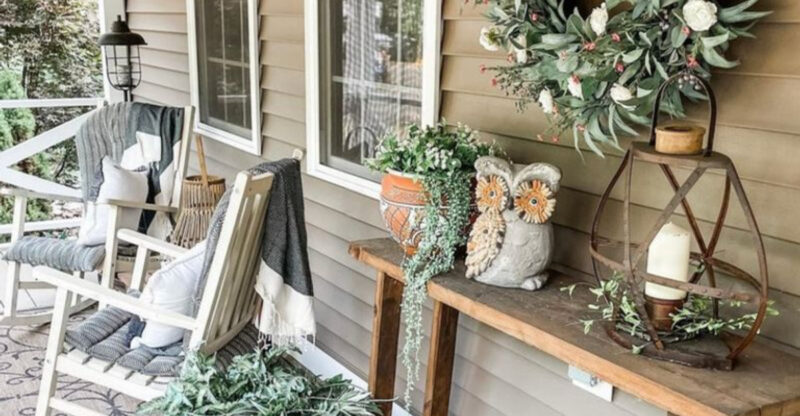5 Details That Should Be Addressed To Avoid An Empty-Looking Front Yard
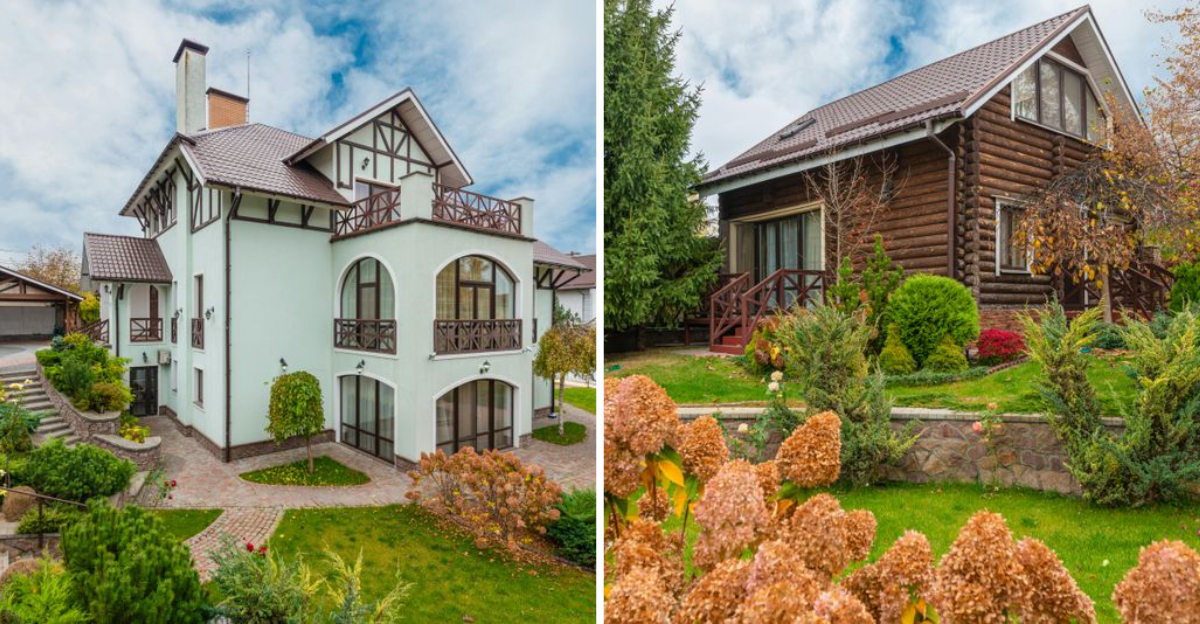
First impressions matter, especially when it comes to your home’s curb appeal. An empty-looking front yard can make even the most beautiful house seem unwelcoming and neglected.
By focusing on a few key elements, you can transform that barren space into a vibrant, welcoming entrance that makes neighbors stop and admire.
Here are five essential details that will help bring life and character to your front yard. These ideas are based on common landscaping practices, though the impact may vary depending on your yard’s size, location, and style preferences.
1. Neatly Trimmed Grass
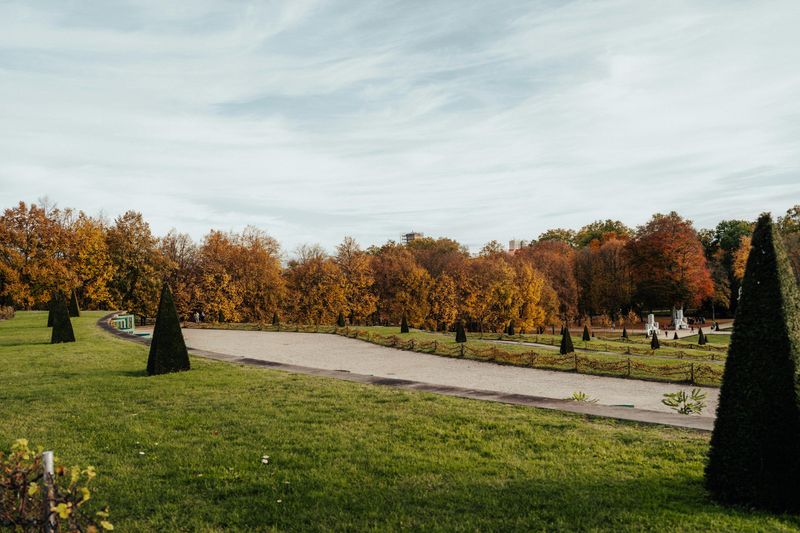
Nothing says ‘nobody cares about this property’ faster than overgrown, patchy grass. A well-maintained lawn creates an instant foundation for everything else in your front yard. Regular mowing keeps your grass at an ideal 2-3 inches height, which promotes healthy growth and prevents weeds.
Are you dealing with bare patches? Overseed those areas in spring or fall when growing conditions are optimal. Consider adding slow-release fertilizer twice yearly to keep your lawn lush and green.
For those in drought-prone regions, xeriscaping with ornamental grasses or low-water alternatives can provide texture and movement without excessive water use. The sound of ornamental grasses rustling in the breeze adds a sensory element that brings your yard to life.
2. Flower Bed Borders
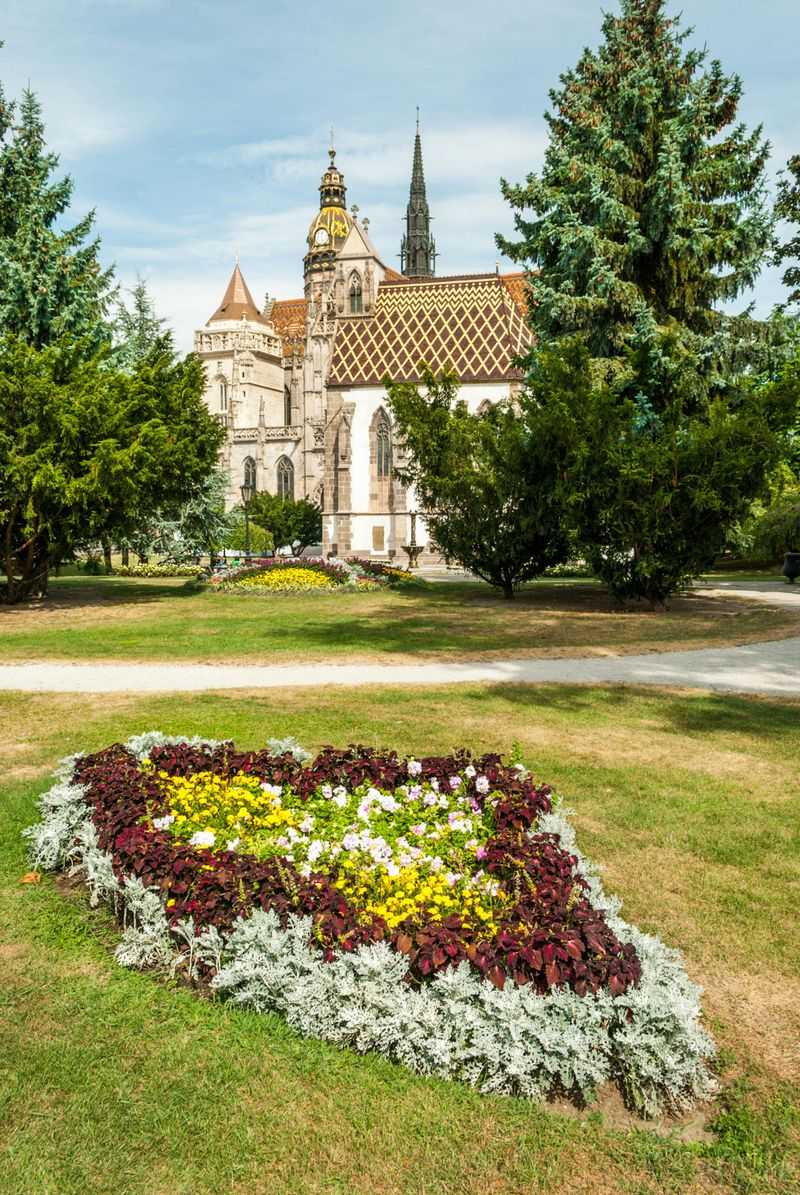
Blank stretches of lawn scream for definition and color. Strategic flower beds create visual boundaries that frame your property beautifully. When planning borders, curved lines tend to look more natural and inviting than straight edges.
If you’re new to gardening, start with hardy perennials like black-eyed Susans, daylilies, or hostas that return year after year. Mix in seasonal annuals for pops of changing color throughout the year. This combination ensures your yard never looks static or lifeless.
Don’t forget to mulch your beds with 2-3 inches of organic material. This simple step not only suppresses weeds but also gives your borders a finished, professional appearance while retaining moisture for your plants.
3. Decorative Garden Features
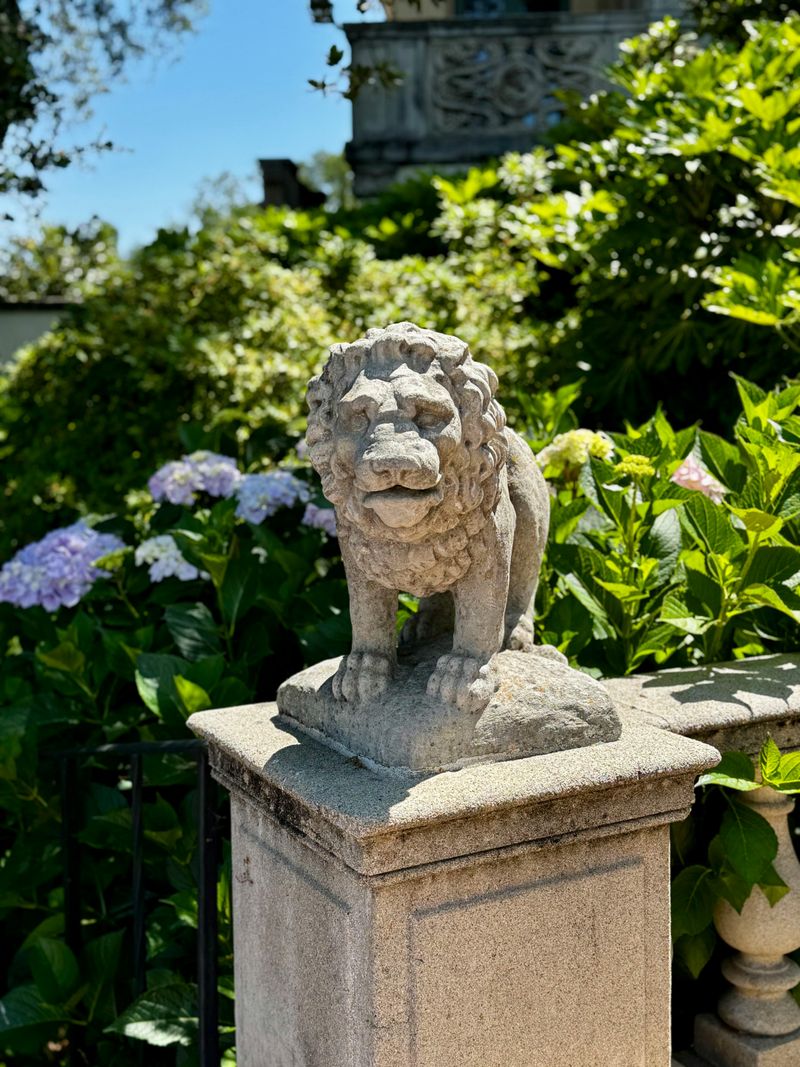
Where’s the personality in your front yard? Decorative elements create focal points that draw the eye and express your style. A bubbling fountain brings soothing sounds and movement, while attracting birds for added life and activity.
Garden sculptures, whether classic or whimsical, can tell visitors something about who lives inside. Consider placing a decorative bench under a tree it suggests leisure and enjoyment of your outdoor space even if you rarely sit there! Lighting transforms your yard after sunset, highlighting architectural features and creating magical evening ambiance.
Solar stake lights along pathways provide safety while string lights in trees create a warm, welcoming glow. These thoughtful additions make your yard feel intentionally designed rather than accidentally empty.
4. Healthy Trees and Shrubs
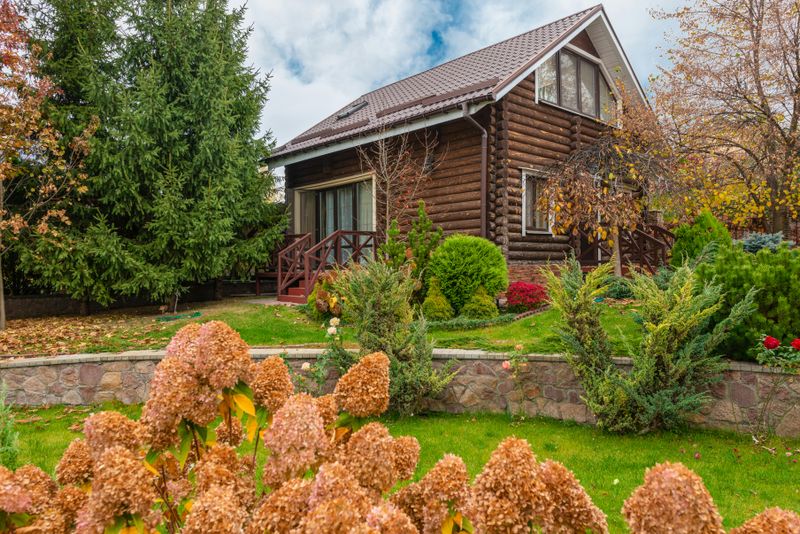
Vertical elements prevent your yard from appearing flat and one-dimensional. Trees and shrubs create layers that add depth, texture, and year-round interest. A flowering dogwood or Japanese maple can serve as a stunning focal point while providing cooling shade.
Layer your plantings by height taller trees at the back, medium shrubs in the middle, and lower plantings in front. This creates a natural woodland effect that feels established and thoughtful. Evergreen shrubs ensure your yard maintains structure even in winter months when deciduous plants lose their leaves.
When selecting woody plants, consider their mature size to avoid future overcrowding. Strategic pruning maintains their shape and health while preventing them from overwhelming your space. Well-chosen trees and shrubs ultimately become the architectural bones of your landscape.
5. Inviting Walkway Path
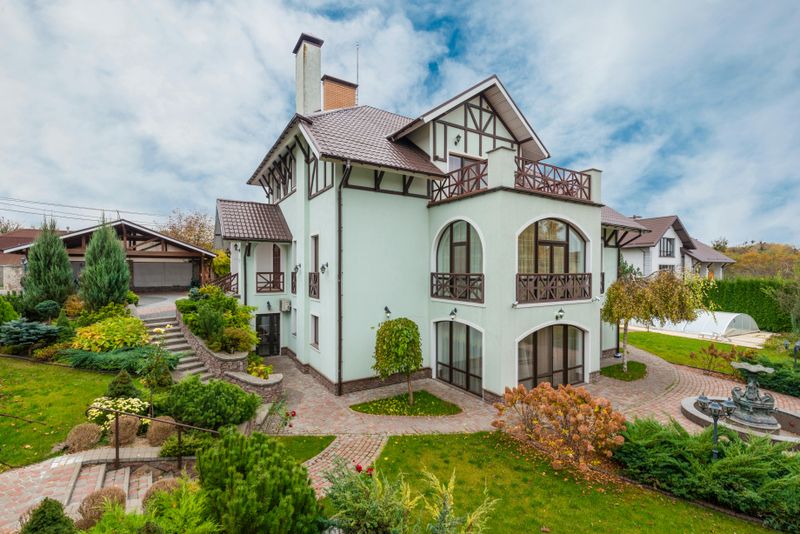
How do visitors navigate to your front door? An undefined approach makes your home feel inaccessible and unwelcoming. A thoughtfully designed walkway not only serves the practical purpose of guiding guests but also creates visual interest through materials and layout.
Materials like pavers, flagstone, or brick add texture and character while complementing your home’s architecture. Consider widening your path to at least 4 feet to allow two people to walk comfortably side-by-side narrow paths feel cramped and uninviting.
Edge your walkway with low plantings like lavender or boxwood to soften hard lines. Small solar lights along the path edges provide safety after dark while creating a warm, welcoming atmosphere. This combination of function and beauty transforms a simple path into an experience that enhances your entire front yard.


